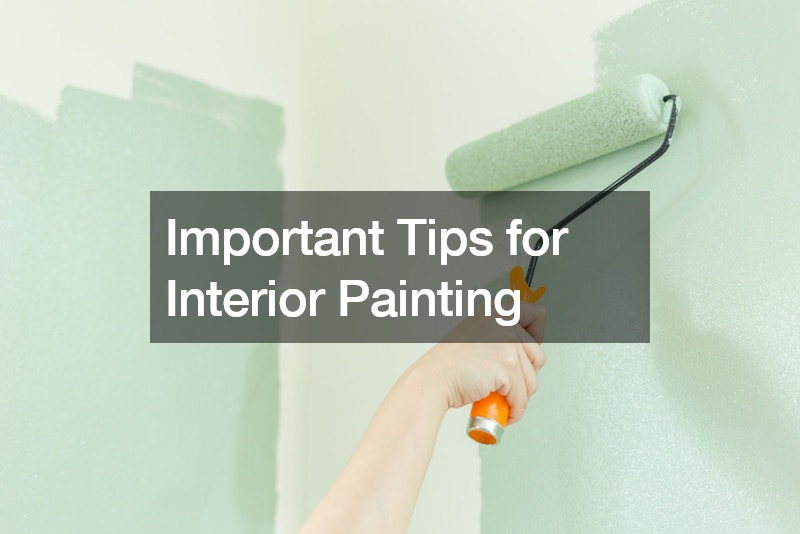It’s important to remember that interior painting can dramatically transform the look and feel of your home. However, it’s essential to approach the task with careful planning and the right techniques. One of the most important tips is to thoroughly prepare your surfaces before starting.
This includes cleaning the walls to remove dirt and grease, repairing any cracks or holes, and applying a primer to ensure the paint adheres properly and lasts longer. Investing time in these preparatory steps can significantly enhance the final appearance and durability of your interior painting project. Additionally, choosing the right type of paint and tools is crucial. High-quality paints and brushes or rollers can make the application smoother and more even, reducing the chances of streaks and ensuring a professional finish.
Another key tip for successful interior painting is to work methodically and patiently. Begin by cutting in the edges with a brush before using a roller for the larger areas, maintaining a wet edge to avoid lap marks. It’s also wise to paint in natural daylight to better see any missed spots or uneven coverage. Furthermore, allowing adequate drying time between coats is essential for achieving a flawless finish; rushing this step can lead to unsightly drips and uneven layers. Lastly, don’t underestimate the importance of ventilation while painting. Keeping windows open or using fans helps to dissipate fumes and speed up drying times, making your interior painting experience safer and more efficient. By following these tips, you can ensure your interior painting project enhances your home’s beauty and comfort.
.



